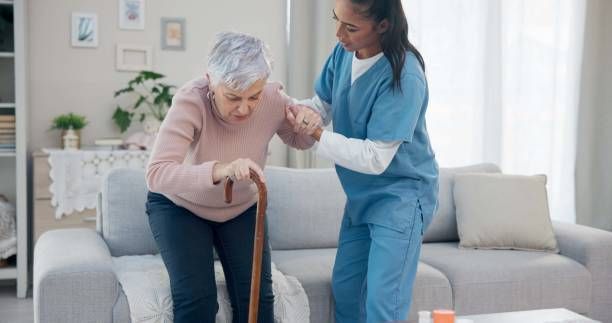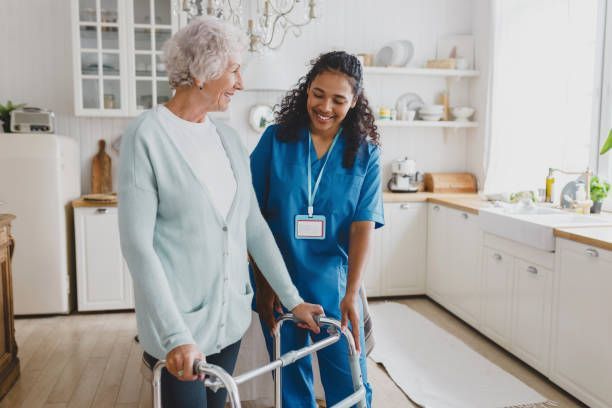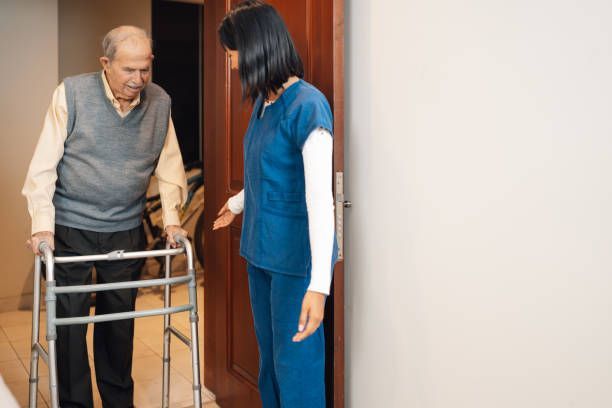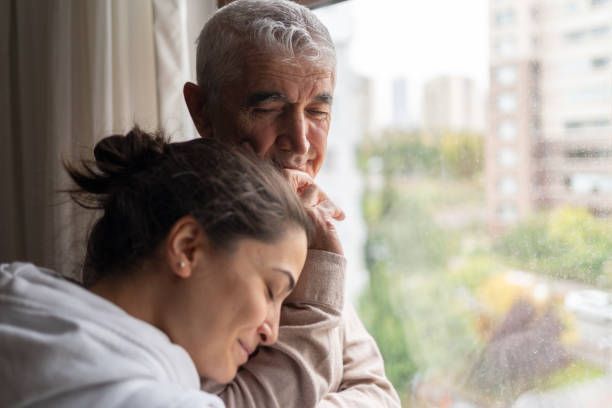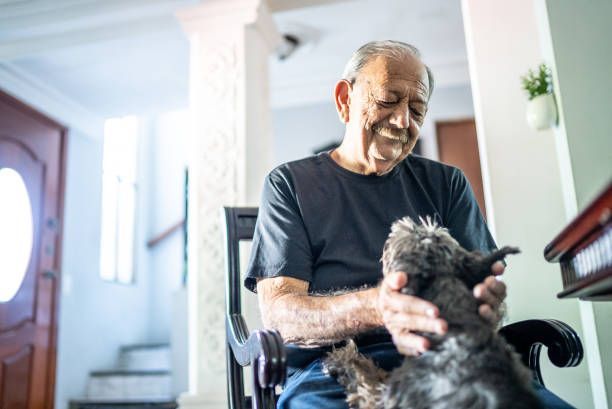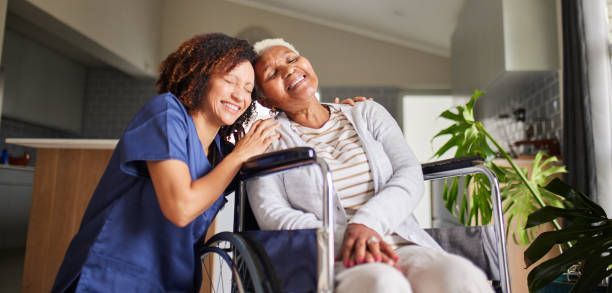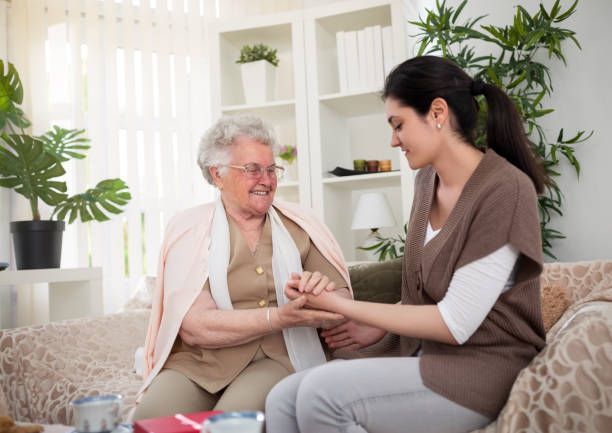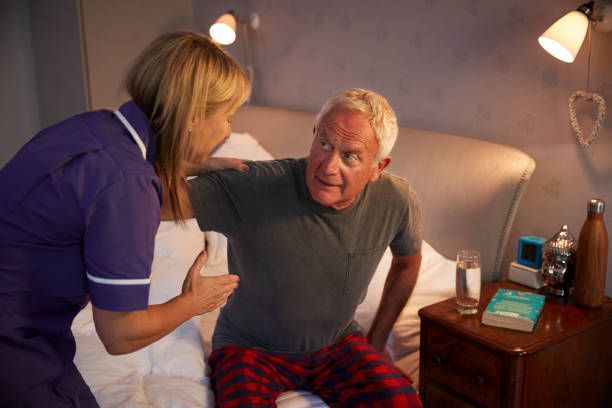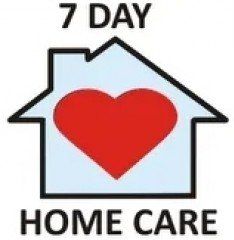Should I Have an Automated External Defibrillator in My Home?
According to the Centers For Disease Control and Prevention "more than 356,000 people have an out-of-hospital cardiac arrest in the United States every year, and about 60% to 80% of them die before reaching the hospital. Cardiac arrest occurs when the heart suddenly and unexpectedly stops beating.People who survive cardiac arrest can have: brain injury, injury to internal organs, psychological distress, like anxiety, post-traumatic stress disorder (PTSD), and depression."
The American Heart Association explains "9 in 10 cardiac arrest victims who receive a shock from an AED in the first minute live. Bystanders administer CPR about 40% of the time and AEDs even less so. Your chance of survival while waiting for emergency medical services during a cardiac emergency decreases by 10% every minute without CPR."
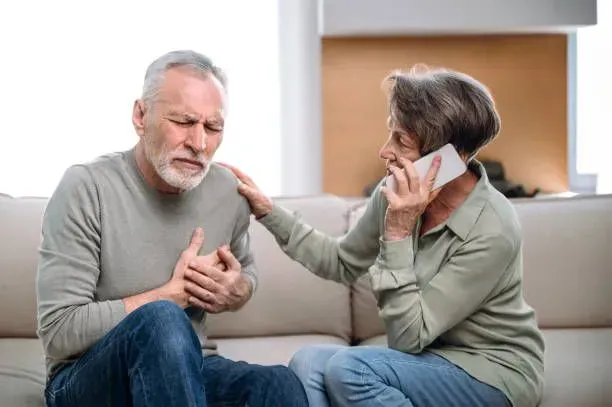
In the realm of proactive health and safety measures, the inclusion of Automated External Defibrillators (AEDs) in home care has emerged as a pivotal consideration. In critical moments of cardiac emergencies, these portable devices can be the difference between life and loss. Designed for ease of use, AEDs empower individuals to respond swiftly, delivering potentially life-saving electric shocks to restore normal heart rhythms. In this article we will discuss the significance of having an AED at home, exploring its user-friendly features, the importance of timely intervention, and the broader implications for comprehensive home care. Join us on this journey as we unravel the vital role that AEDs play in fostering a safer and more prepared home environment for you and your loved ones.
The History of Automated External Defibrillators (AEDs)
The history of Automated External Defibrillators (AEDs) traces back to the late 20th century, marked by a convergence of technological advancements and a growing understanding of cardiac emergencies. The concept of defibrillation itself has roots dating further back, but AEDs as we know them today began to take shape in the 1960s and 1970s. The pivotal moment came with the development of portable defibrillators, making it possible to administer life-saving shocks outside of hospital settings. The evolution continued, and by the 1980s, advancements in miniaturization and automation paved the way for the first truly automated defibrillators. The widespread adoption of AEDs gained momentum in the 1990s, driven by increased awareness of sudden cardiac arrests and the pressing need for quick, accessible interventions. Today, AEDs are ubiquitous in public spaces and healthcare settings, reflecting a remarkable journey from conceptualization to a critical component of modern emergency response.
How Does an Automated External Defibrillator Work?
Automated External Defibrillators (AEDs) play a crucial role in saving lives during sudden cardiac arrests. These portable devices are designed to deliver an electric shock to the heart, restoring its normal rhythm. AEDs are user-friendly, often found in public spaces, and can be used by bystanders with minimal training.
The key components of an AED include electrodes, which are attached to the patient's chest to monitor the heart rhythm, and a computerized system that analyzes the rhythm. If a life-threatening arrhythmia is detected, the AED prompts the user to administer a shock, allowing the heart to regain a normal, coordinated rhythm.
Time is of the essence in cardiac emergencies, and AEDs significantly increase the chances of survival. Public awareness and accessibility to these devices are crucial. Many countries have implemented AED placement in high-traffic areas, including airports, shopping malls, and sports venues. Training programs educate individuals on AED usage, emphasizing the importance of early intervention. While AEDs are designed to be user-friendly, understanding basic CPR techniques can further improve the response to cardiac emergencies.
In healthcare settings, AEDs are integrated into comprehensive emergency response protocols. They are often part of first aid kits, ensuring that medical professionals can quickly access them when needed. Regular maintenance and checks are essential to ensure the proper functioning of AEDs.
Despite their effectiveness, it's important to note that AEDs are not a replacement for professional medical care. Emergency medical services should always be contacted in conjunction with AED use. Additionally, ongoing research and advancements in AED technology continue to enhance their capabilities and reliability.
Automated External Defibrillators are invaluable tools in the chain of survival during cardiac emergencies. Increased awareness, accessibility, and training can empower communities to respond effectively, potentially saving lives.
Automated External Defibrillator (AED) in Your Home
The presence of an Automated External Defibrillator (AED) in the home is not just a prudent precaution; it can be a critical determinant between life and loss during sudden cardiac emergencies. Time is of the essence in such situations, and the immediate availability of an AED significantly reduces the response time, increasing the chances of survival. The user-friendly nature of these devices empowers individuals, even those without extensive medical training, to deliver timely and effective aid. In the crucial moments following a cardiac event, having an AED on hand enables prompt initiation of defibrillation, a vital intervention that can restore normal heart rhythms. As the home is a sanctuary for our loved ones, integrating an AED becomes a proactive step towards ensuring their safety, reaffirming the notion that preparedness is a cornerstone of responsible home care.
Automated External Defibrillators (AEDs) are Designed to be User-Friendly
Automated External Defibrillators (AEDs) are designed to be user-friendly, with simple instructions and prompts that guide individuals through the process. Most AEDs are equipped with voice prompts and visual cues, making them accessible to people with minimal or no medical training. These devices are specifically engineered for quick and efficient use in emergency situations. Having an AED at home can make sense in certain situations, especially if there are family members or visitors with known heart conditions or if there is a higher risk of cardiac events. However, it's essential to consider factors such as the overall health of household members and the response time of local emergency services.
Again, while AEDs can significantly improve the chances of survival during sudden cardiac arrests, they are not a substitute for professional medical care. Immediate access to emergency medical services should always be sought alongside AED use. Additionally, obtaining basic CPR training can further enhance the ability to respond effectively to cardiac emergencies. Before deciding to have an AED at home, consulting with a healthcare professional is advisable. They can provide personalized guidance based on individual health considerations and help determine whether having an AED is a suitable precautionary measure for a specific household.
As we conclude this insightful exploration into the incorporation of Automated External Defibrillators (AEDs) into your home, 7 Day Home Care Agency stands at the forefront of championing comprehensive well-being in the NYC metropolitan area. By fostering accessibility to these life-saving devices, we empower households to become hubs of safety and preparedness. As the heart of your home is where your loved ones reside, 7 Day Home Care invites you to prioritize their well-being. For inquiries about our home care services and how we can assist you in creating a safer living environment, please contact us at 516-408-0034 or visit us at 7 Day Home Care. Your safety is our priority, and we are here to support you on your journey to optimal home care.
Brian Callahan
7 Day Home Care


